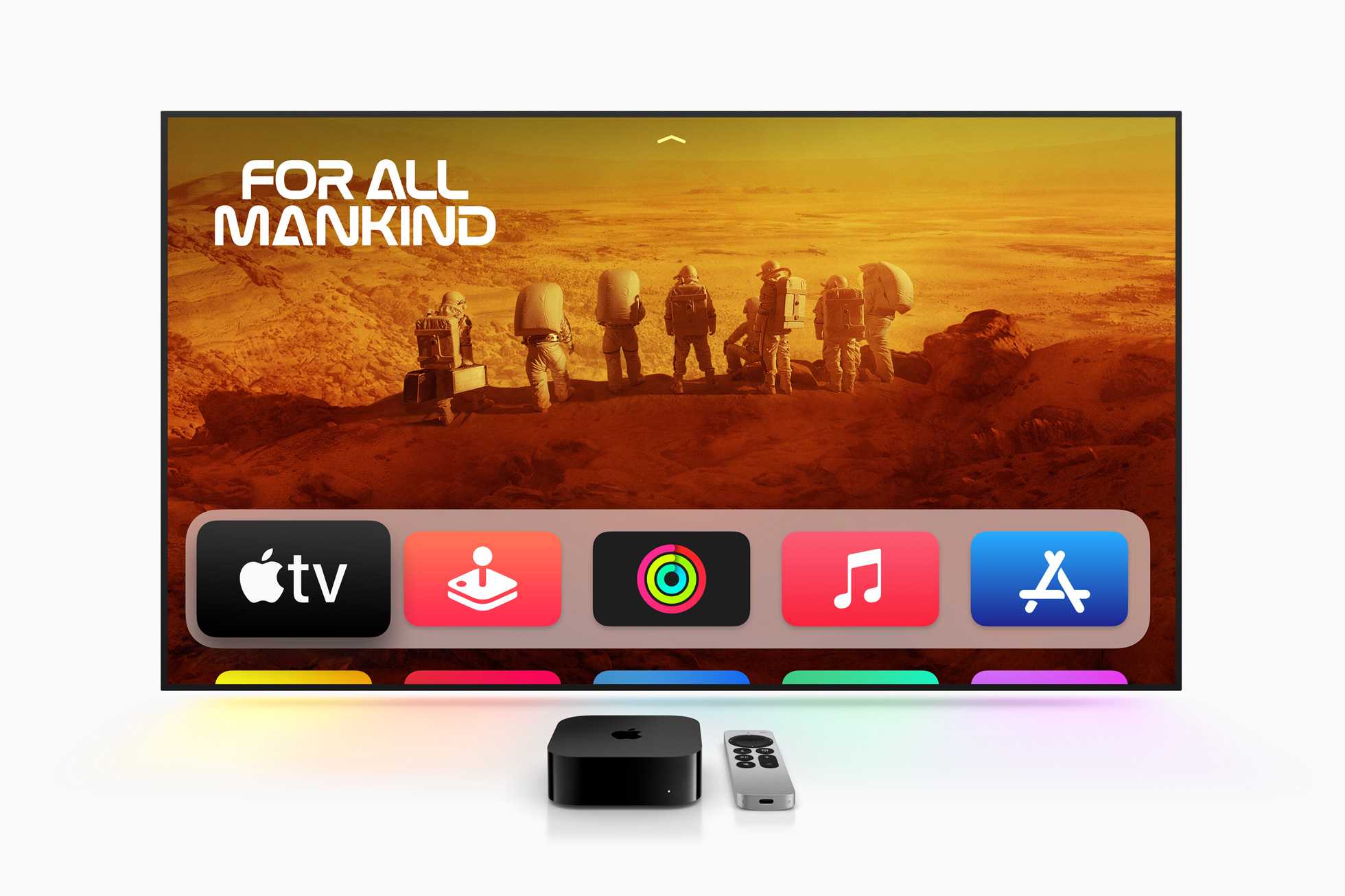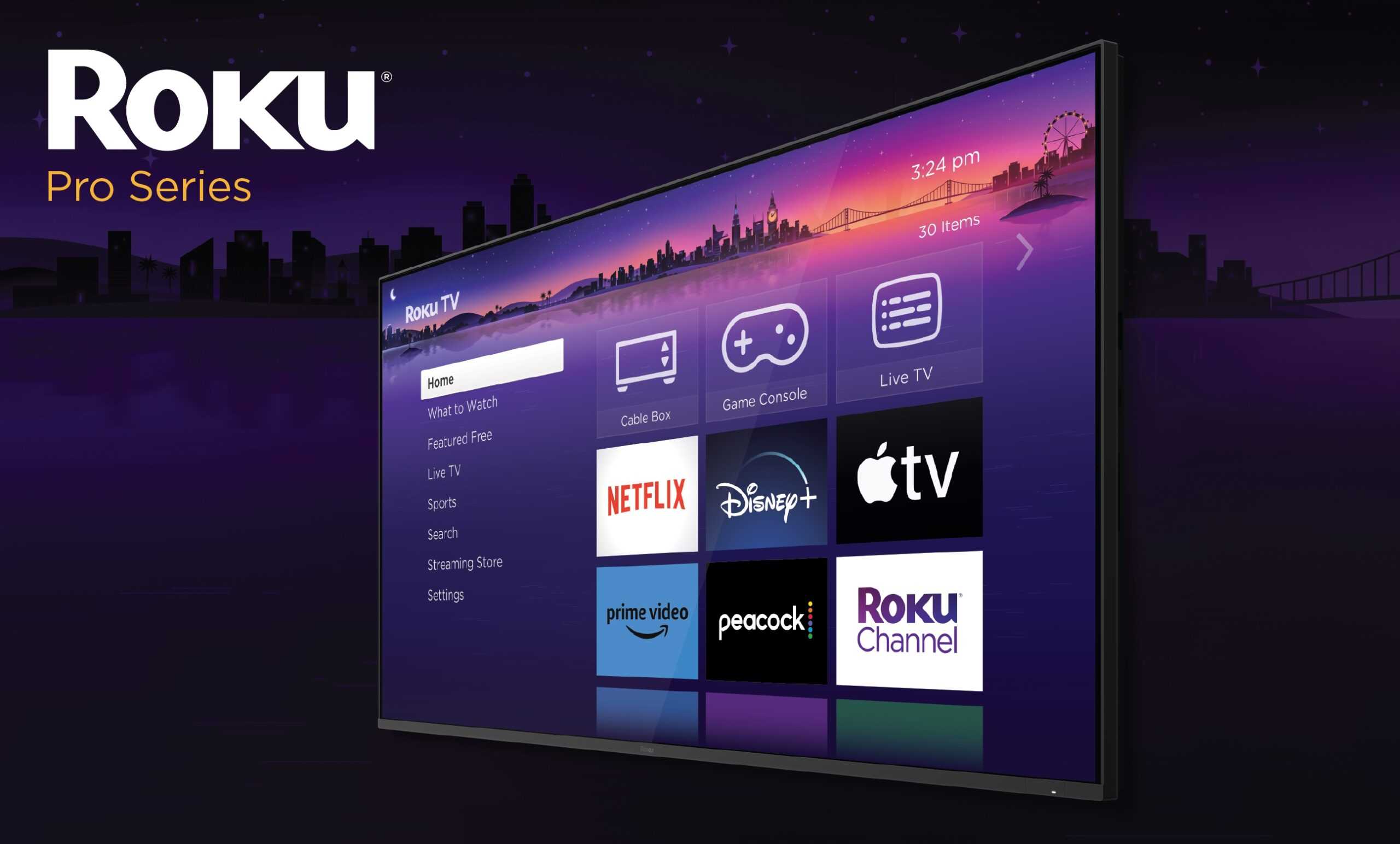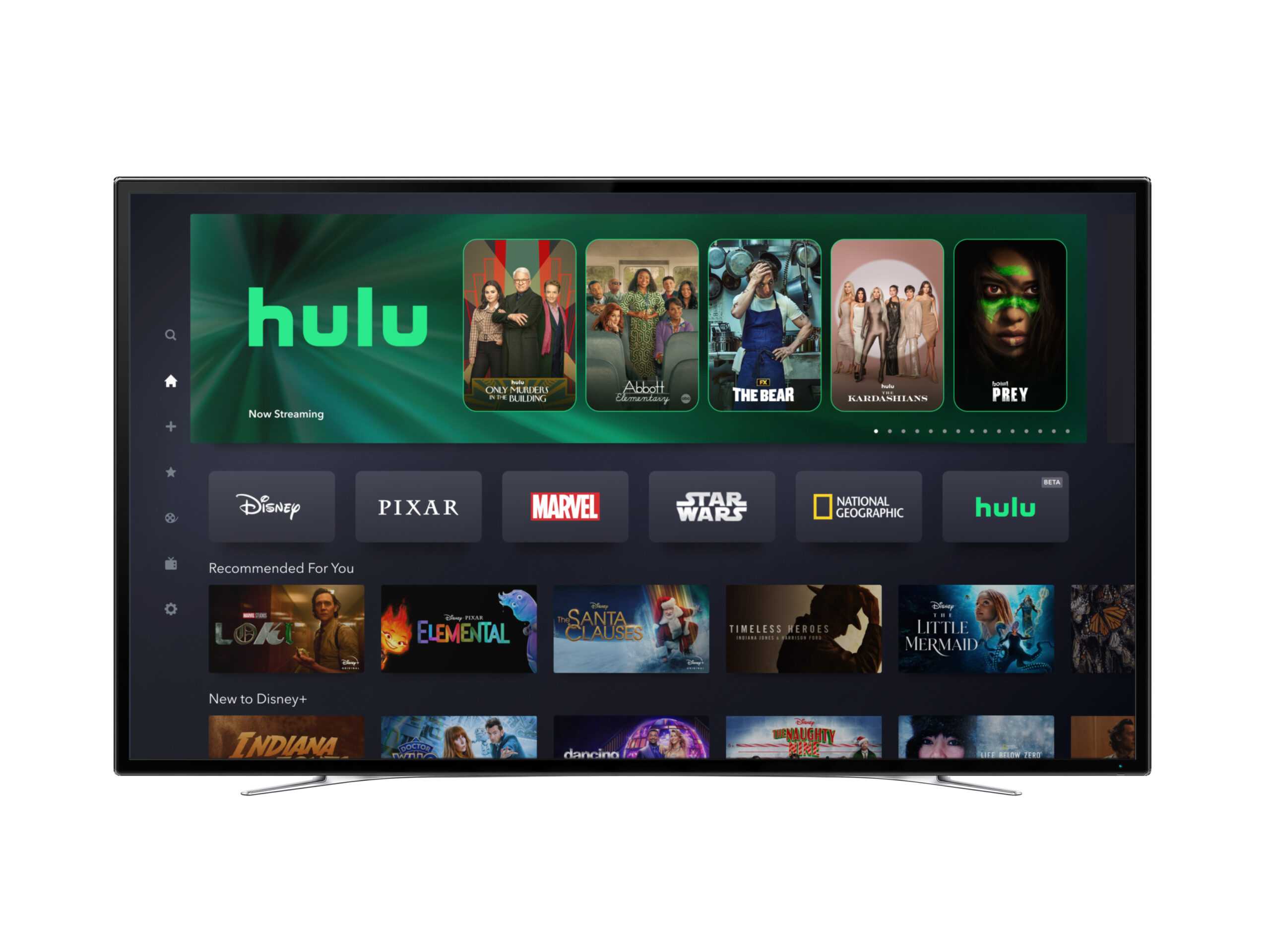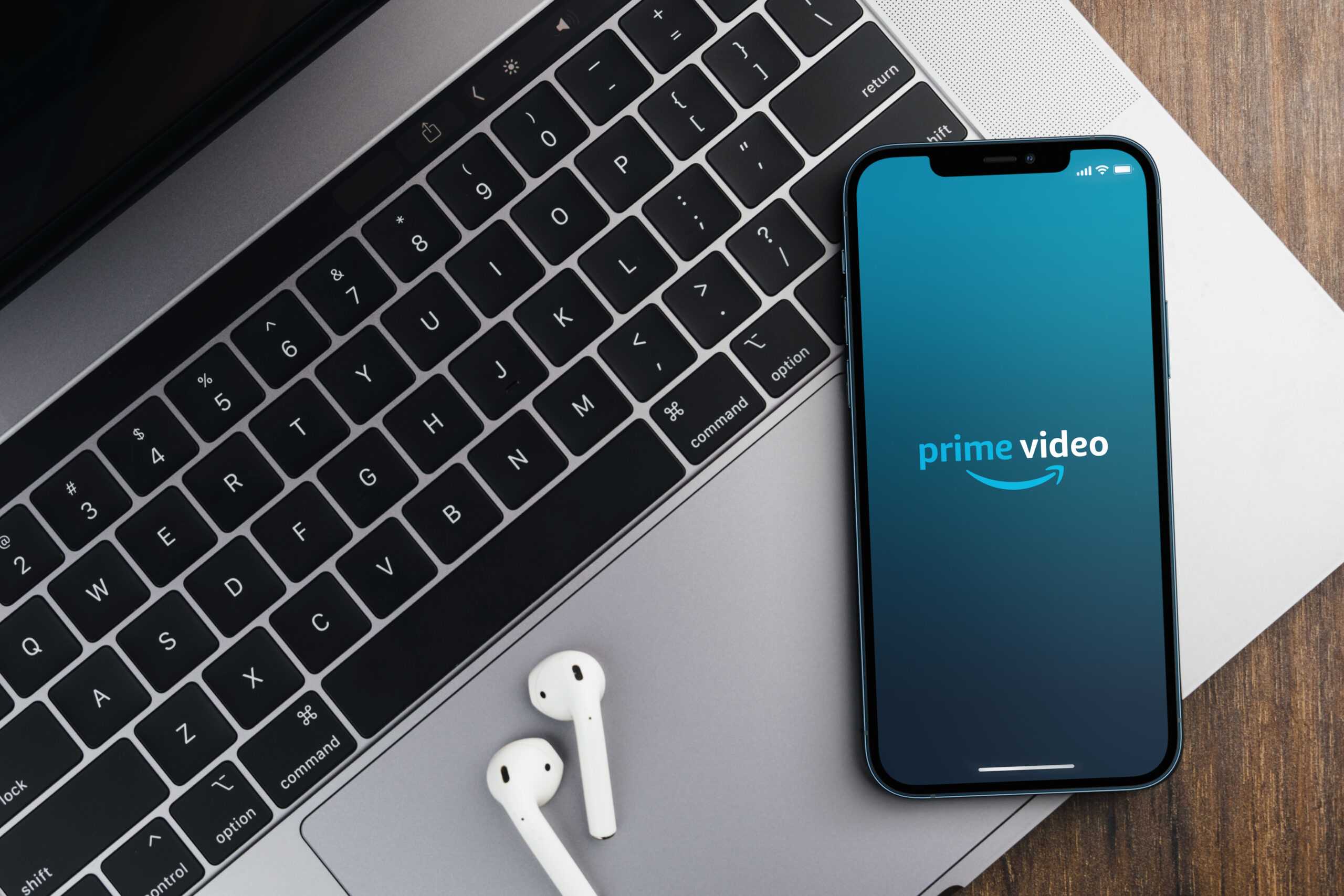Apple announced a new model in their line of Apple TV 4K streaming boxes. The updated hardware features the A15 Bionic chip for “faster performance and more fluid gameplay” and support for HDR10+ for the highest quality video playback.
The new Apple TV 4K comes in two different configurations: a Wi-Fi only model with 64GB of storage, or a Wi-Fi and Ethernet model with increased storage. Both configurations will be available when the new Apple TV 4K launches on November 4. While affordability has never been the Apple TV box’s strong suit, streaming enthusiasts have long praised Apple’s hardware as one of the best devices on the market, along with Nvidia’s Shield.
The new Apple TV 4K is priced more aggressively, however – only $129 for the Wi-Fi only model or about $50 lower than the previous version. Amazon has discounted the previous model to $99 to clear it out for the new model. The strategy seems to be to get more people using Apple’s tvOS ecosystem and its family of services, including Apple Music and Apple Arcade. Apple has been pushing its streaming platforms, announcing an Apple Music sponsorship of the Super Bowl halftime show.
Notably, along with the new Apple TV hardware, Apple has updated tvOS 16 to include Siri voice control options so that customers can control Apple TV and interact with the results by simply speaking. Moreover, the tvOS update adds support for the new Matter smart home standard. With Roku getting into the smart home game, there’s been an increasing convergence between streaming devices and smart home integration, so Apple is making sure to cover all bases.
Apple also announced price hikes to its Apple Music, Apple TV+ streaming platform, and Apple One bundle package. While the price increase is small – $1 per month for Apple Music individual plans, $2 per month Apple Music family plans and Apple TV+, and $3 per month for the Apple One bundle, it represents the first price increase for the Apple Music or Apple TV+ streaming service.
Interpret’s VideoWatch data shows Apple TV has much lower penetration compared to its primary competitors, Roku and Amazon Fire TV. This gap is further widened when considering Roku and Amazon Fire TV also have partnerships with television manufacturers to make smart TVs, which run on their respective OS. Apple is vying to bring more people to Apple TV and hopes an attractive price for premium quality streaming can attract new viewers to their platform.








